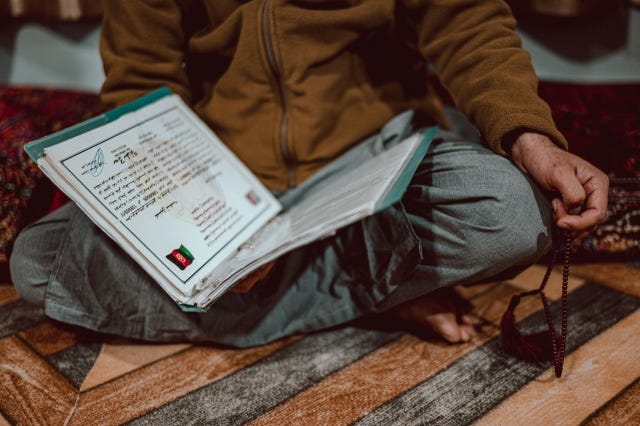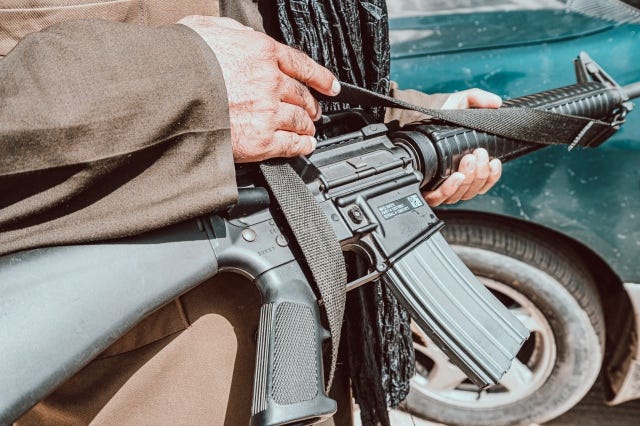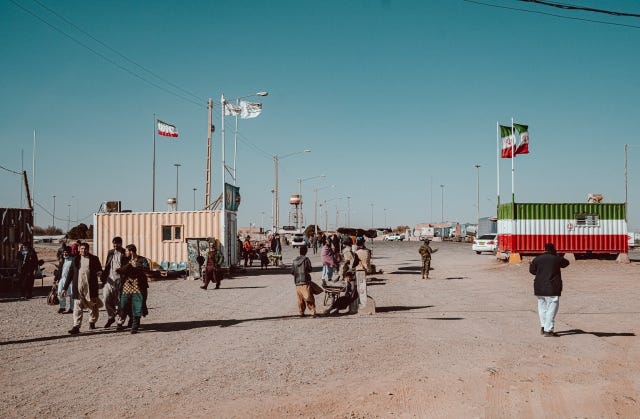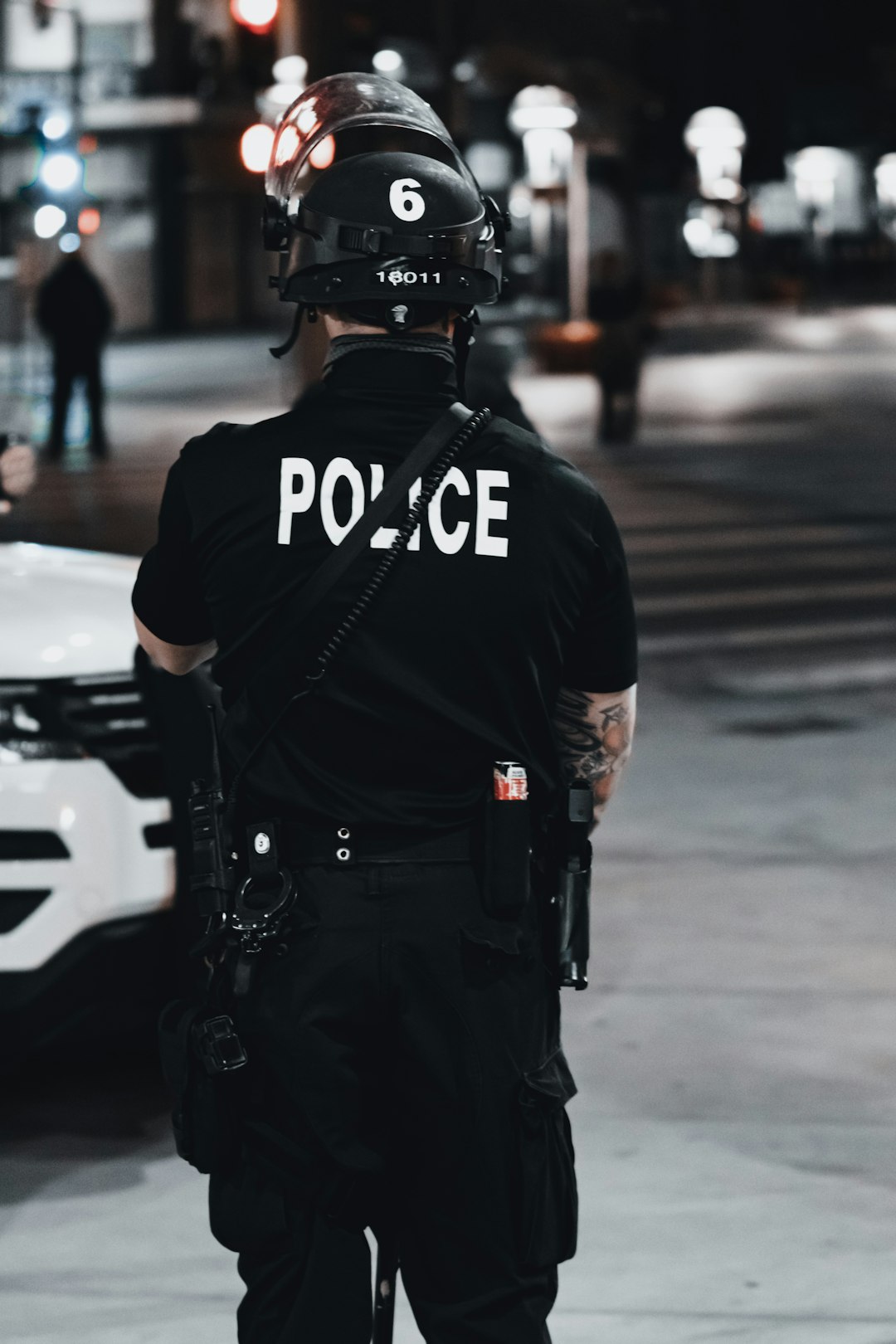“Of all the money that ever I had, I spent it in good company. And all the harm I've ever done, alas, it was to none but me.”
- The High Kings
I feel tremendously guilty knowing I can walk away when so many of those suffering cannot. My life is no more valuable than theirs, I just happened to be born in different geographical coordinates, no doing of my own.
As I always say, I have been to many parts of the world but I never fell in love with a place the way I fell in love with Afghanistan over the years.
Forever. 🙏🏻
Until next time, Farewell Afghanistan.
The main reason I returned was to actually in Afghanistan’s honor. I was blessed enough to receive an honorary award from the NGO EMERGENCY, which operates incredible hospitals for the war wounded around the world, including in Kabul and across Afghanistan.
I have been involved with this organization now for almost five years, and I am pretty sure I get far more out of it than I could possibly ever give back. The staff and patients from EMERGENCY, who I meet in the field, teach me what it is to be brave, suffer, survive, and perhaps most importantly – to view war from a multi-pronged lens of both compartmentalization and compassion.
The work of EMERGENCY is perhaps no more critical than it is now. Almost all the aid organizations left in August and have not returned. EMERGENCY is something of a ray of light on a very dim landscape. Without the hospital and the many clinics across the country, Afghans would be left to die when disaster strikes.
EMERGENCY offers the incredibly brave and resilient Afghans the dignity and the right to life that they deserve.
Stay tuned for more dispatches still to come as plenty of features left to publish. Thank you all for your support through this winding journey. Take some much-needed downtime to work on an Afghan book project (details to come soon!) and spend some quality time with friends over the holidays.
U.S.-TRAINED AFGHAN SPECIAL FORCES SAY THEY CAN’T 'WAIT AND HIDE' MUCH LONGER, SOME TAKING UP ARMS WITH TALIBAN AND POSSIBLY ISIS
Inside a dark, non-descript room above a bustling marketplace in Kabul, former Afghan Special Forces Commandos wait listlessly for the elusive U.S. evacuation call that they worry will never come.
“All we are told from the U.S. is to ‘wait in a safe place.’ They don’t tell us how our cases are progressing,” says Abdul Mateen, 28, a former Special Forces and KKA unit Sergeant who has since taken on the voluntary role of “Evacuation Process Manager” for all his fellow elite forces. “We are told that the process is finished from the Pentagon, so we are waiting on the U.S. State Department. We don’t know if and when anything will happen.”
Since the defeat of the U.S.-backed Afghan government in August, the country’s Special Forces – who continued to fight gallantly even after other units fled and the Taliban seized territorial control – have been left in limbo.
Mateen, who enlisted when he was only 18, notes that his list of evacuees now stands at around 8000 – not even including family members – but stresses that there are 12,000 left behind.
“The Americans started this process. They said, ‘we will evacuate you guys, just send us your list with all the information. Now it seems that the evacuation process is stuck or very slow,” he observes glumly. “All they say is to wait and hide. But we have no money, no food, and we don’t know what we will do. So our message to Americans is that you should give us a logical answer. Either tell us the process is going to happen – or not.”
The Army’s Commando Corps comprised only seven percent of the total Afghan National Security Forces but were estimated to have taken on upwards of 80 percent of the combat against the then-Taliban insurgency and brutal terrorist outfit, ISIS-K. And they endured far more casualties than all of NATO combined throughout the bloody duration.
Within the Special Forces was the ultra-elite Ktah Khas (KKA) unit. Developed by the U.S. Army’s 75th Ranger Regiment – and comprised of army, police, and intelligence specialists – the unit also had a group of elite female troops. Despite being widely hailed as a force to be reckoned with by Pentagon officials, critics contend that the KKA was structured in such a way that it was highly dependent on U.S. resources to function effectively – making the Taliban advance amid the American drawdown an almost impossible path to victory. Just weeks before the previous government’s final fall, 22 Commandos were slaughtered by the Taliban in Faryab province after the air support they called for never materialized.
Mateen also points out that they were given orders to secure Kabul’s Hamid Karzai International Airport (HKIA) to “support the foreigners.” But after the Taliban suddenly swept into the Presidential Palace, their leader left to join the National Resistance Front (NRF) in Panjshir, leaving the soldiers scattered and divided.
In the end, he surmises that only around one hundred Special Forces managed to get out.
Thus for many such troops – who sacrificed much of their youth under the firm belief that they were fighting to hold their beloved nation together – daily life is delipidated into a mental maze of melancholy and confusion.
CLICK TO READ MORE ABOUT THE COMMANDOS LEFT BEHIND
AWASH WITH WEAPONS AND MONTHS INTO THE TALIBAN RULE, AFGHANISTAN’S BLACK MARKET BUSINESS GOES FURTHER UNDERGROUND
More than three months since the catastrophic collapse of the U.S-backed Afghan military and the rise of the Taliban to power has triggered an even deeper underground black market for those looking to get their hands on a weapon.
“At the moment, we only have the lighter guns,” Ahmad, a black market weapons dealer from Paktia province, tells me. “If you need a heavy gun, we can find it.”
The dizzying speed to which the Taliban was able to seize billions of dollars in top-notch, U.S.-made arms initially saw the black market flooded with goods. But as the weeks drag and the former insurgency – officially termed the Islamic Emirate of Afghanistan – solidifies power, the regime is working intently to ensure that only they are the ones armed.
Throughout the initial takeover, members of the now-defunct Afghan security forces and resistance forces hidden in the mountains were compelled to surrender their weapons in exchange for a letter that gave them “general amnesty” to return to their homes.
“In the first month after the Taliban came, the guns were going mostly to Pakistan,” Ahmad says in hushed tones.
In due course, the first few weeks of the sudden power change saw immeasurable batches of American arms, accessories and ammunition crop up in small shops scattered throughout the embattled nation. However, the official line from the Taliban top-brass was that their fighters did not re-sell their guns for a quick buck.
Indeed, the trade has changed.
Ahmad says that his “underground” business wasn’t so hidden under the previous government after all.
“It used to be much easier to find clients and sell; most of the customers selling their U.S. weapons to me were the government or Afghan military,” Ahmad explains. “Now, the Taliban is arresting people who are selling illegally.”
CLICK TO READ MORE ABOUT THE ILLEGAL WEAPONS TRADE IN AFGHANISTAN
WITH THE U.S. OUT OF THE PICTURE, WHAT THE TALIBAN WANTS FROM IRAN
With the United States removed from the geopolitical picture, neighboring Iran has carte blanche to fill the power vacuum.
The official border is a strangely quiet strip of dirt and dust. A swath of Iranian flags flap on the right side, and a lone Taliban flag languishes on the left. But rather than thongs of long lines of crinkled faces eager to cross, just a gaggle of workers trundle in and out.
It’s a sign, one Taliban official tells me, of the burgeoning closeness of the two countries.
“We want to have good relations with all the neighbors, including Iran. It benefits both sides. We are trying to normalize it more now,” says Naeem ul haq Haqqani, the 37-year-old Director of Information and Culture for Herat province. “We will be focusing our efforts on having mutual respect and good relations between each other. Afghanistan is in crisis and affected by war, and neighbors should understand that and have good relations with us. Iran also has this same focus.”
But perhaps Iran’s most significant objective of all is extending its regional hegemony. From Haqqani’s purview, “Afghanistan is ready to have investments, especially Herat province having a border with Iran.”
“The demand is there from both countries. Afghans want to have good trade discussions, and Iran says, security talks should be taken care of so they can start investing in the country,” he continues. “Iran and Afghanistan are Islamic countries, and good relations between them will benefit both nations.”
Haqqani points out that “Iran has expertise in the construction department,” which Afghanistan needs after decades of fighting.
“We want Iran to assist in construction, and based on an inter-country contract, they will invest in Afghanistan,” he asserts. “Afghanistan wants respect and help in avoiding the war. As a neighbor, we want Iran being an Islamic country, to do the same (for us) what they would do with their own country.”
With the United States out, mineral-rich Afghanistan is ripe for pruning. Moreover, the Iranian regime has maintained strategic diplomatic ties with the Taliban throughout its insurgent years, despite the theoretical differences derived from the Sunni Taliban and Shia-adherent Iran.
For Tehran, it comes down to strategy. And at a time when Afghanistan’s economy is floundering, with the U.S having frozen $9.5 billion in aid, Tehran has chips to play.
CLICK TO READ MORE ABOUT THE TEHRAN/TALIBAN STRATEGY
For those interested in learning more about the aftermath of war, please pick up a copy of my latest book “Only Cry for the Living: Memos from Inside the ISIS Battlefield.”
Please check out a rad new podcast I was the first to be featured on, entitled “SPIES LIKE US.”
Thanks again for your support. Follow me on Instagram and Twitter for more updates
Photos courtesy of my brilliant photographer @JakeSimkinPhotos. Please consider a paid subscription to allow us to continue this work.















DISPATCHES FROM AFGHANISTAN: Afghan Special Forces Left Behind, Weapons Black Market Driven Further Underground and the Taliban/Tehran tryst